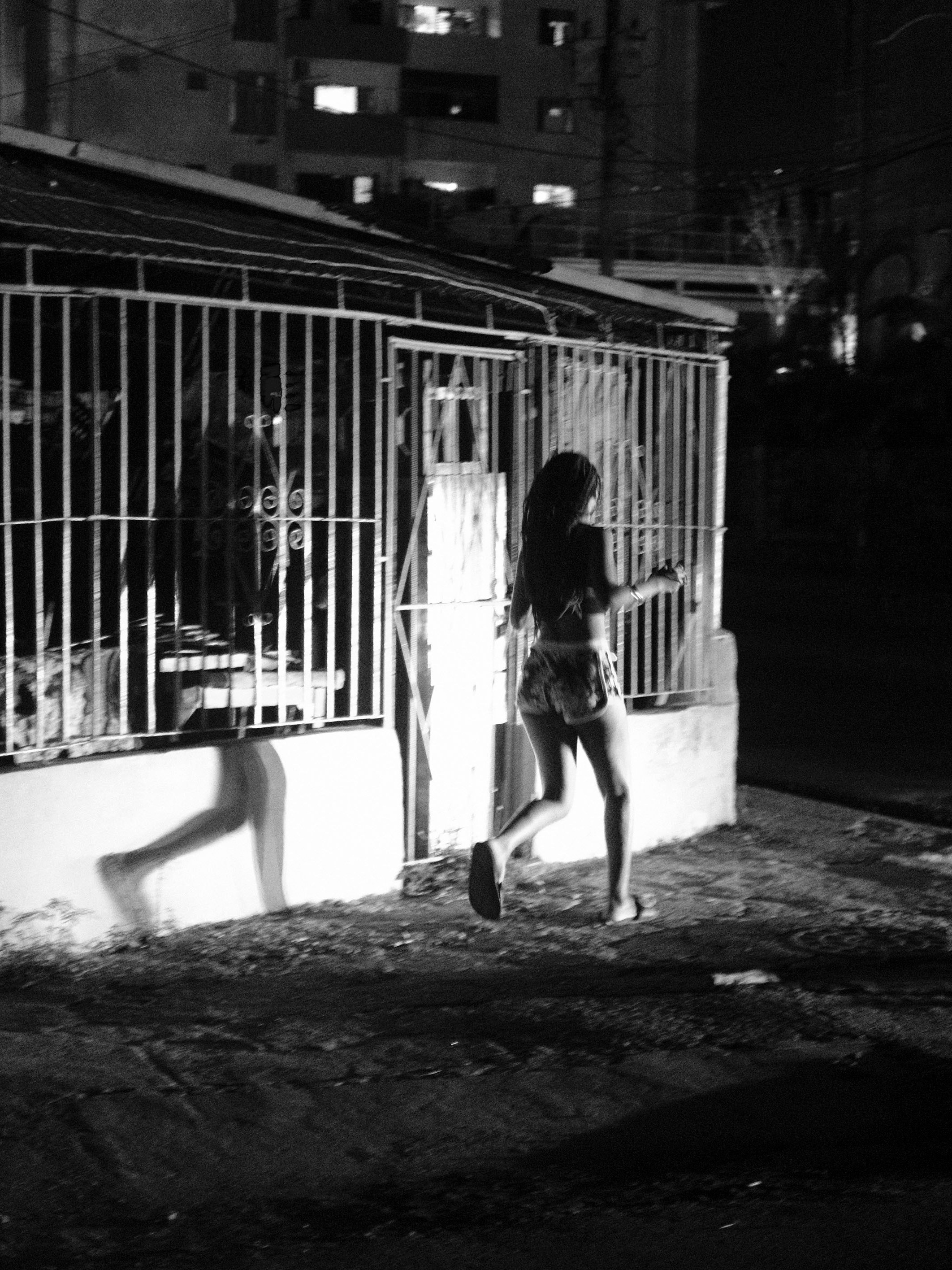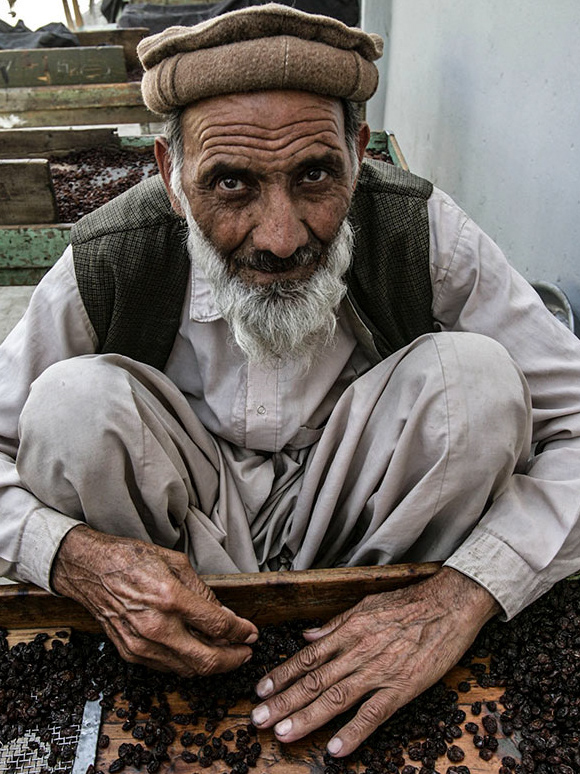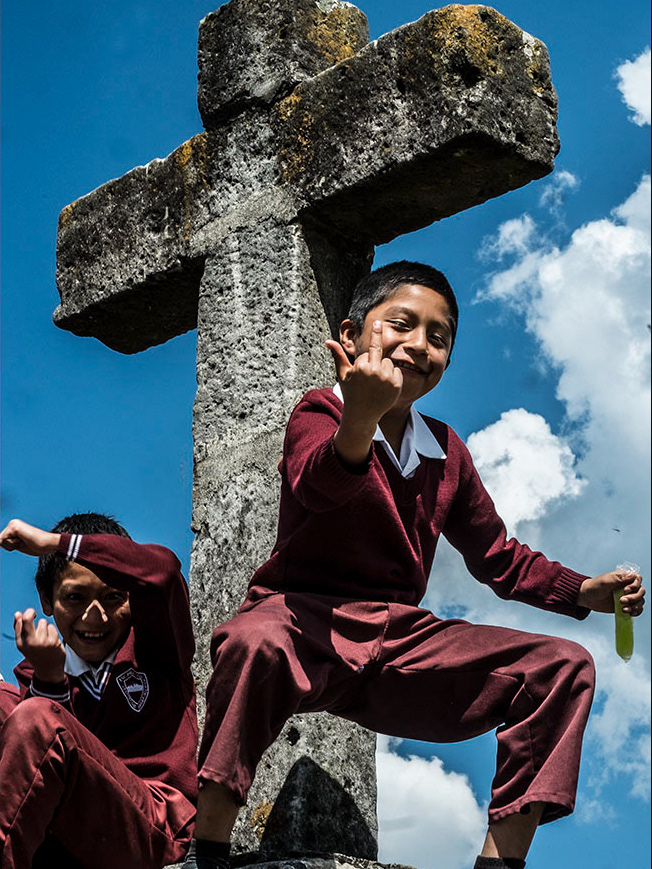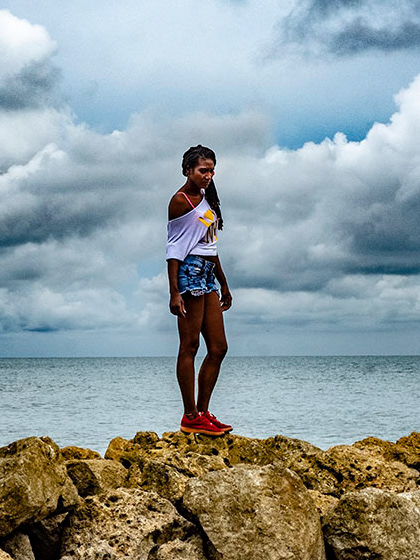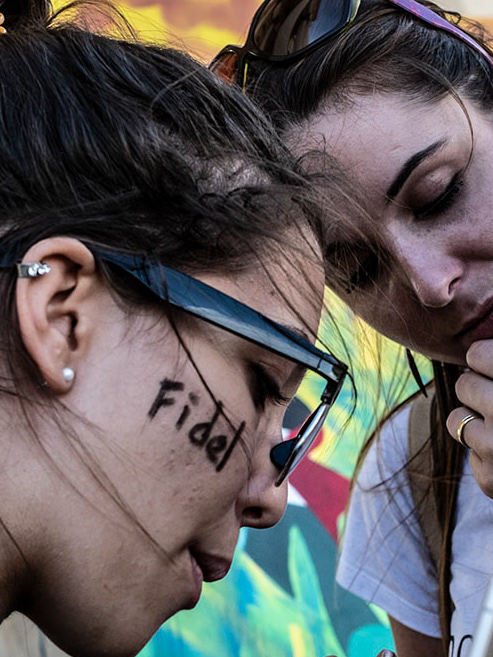A girl standing shortly after sniffing glue from a plastic bag on a street in Medellin.
Copyright 2011 © Luciano del Castillo/Archivio DEL CASTILLO Copyright. Tutti i diritti riservati. Questo materiale non può essere pubblicato, trasmesso, riscritto o ridistribuito. All rights reserved. This material may not be published, broadcast, rewritten or redistributed.
Lucelis, a 17-year-old girl lying on the ground, sniffs the glue from a plastic bag on a street in Medellin.
Copyright 2011 © Luciano del Castillo/Archivio DEL CASTILLO Copyright. Tutti i diritti riservati. Questo materiale non può essere pubblicato, trasmesso, riscritto o ridistribuito. All rights reserved. This material may not be published, broadcast, rewritten or redistributed.
Sindy, a thirteen-year-old woman who comes from one of the poorest districts in Colombia, Tumaco, arrived in Medellin in search of fortune, massacred by economic drugs in Botero Square, Medellin, Nov. 23, 2011.
Copyright 2011 © Luciano del Castillo/Archivio DEL CASTILLO Copyright. Tutti i diritti riservati. Questo materiale non può essere pubblicato, trasmesso, riscritto o ridistribuito. All rights reserved. This material may not be published, broadcast, rewritten or redistributed.
A girl on the ground unconscious and Jharleidy standing shortly after sniffing glue from a plastic bag on a street in Medellin.
Copyright 2011 © Luciano del Castillo/Archivio DEL CASTILLO Copyright. Tutti i diritti riservati. Questo materiale non può essere pubblicato, trasmesso, riscritto o ridistribuito. All rights reserved. This material may not be published, broadcast, rewritten or redistributed.

